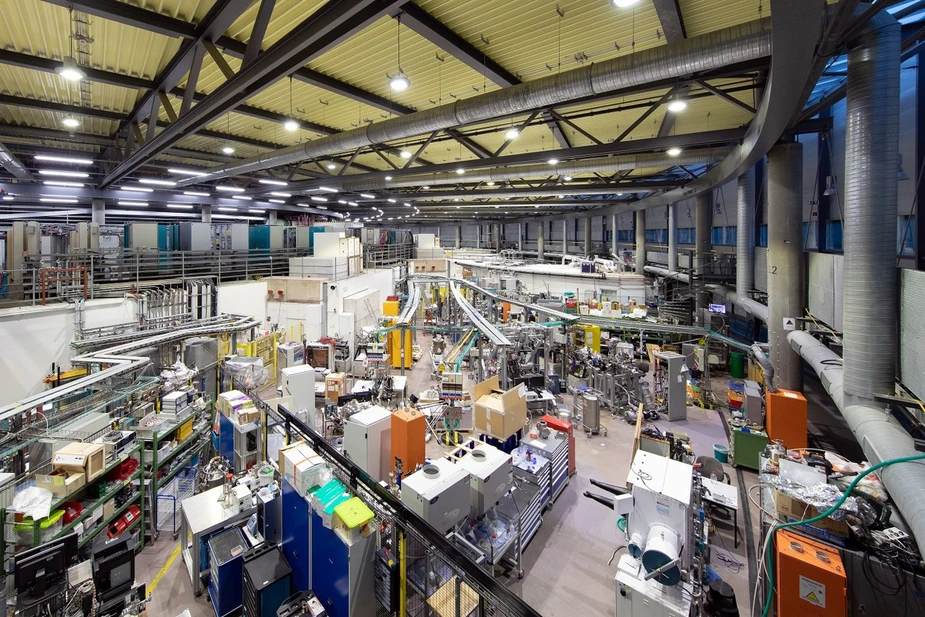University of Kassel and HZB establish Joint Lab for the use of artificial intelligence
New experimental methods will be developed and the analysis of data from experiments performed at BESSY II will be significantly improved
Every year, nearly 3000 user groups from around the world visit the electron storage ring BESSY II to study an immense variety of materials using the brilliant X-ray light the ring generates. “In the research of current scientific problems, at BESSY II for example, so much data accumulates that it can barely be analysed using conventional analytical programs. In the Joint Lab, we will be developing and employing methods of artificial intelligence to do this analysis. These methods should even allow us to think up entirely new test scenarios in other scientific and technical areas that have always seemed beyond our analytical capabilities in the past,” says Prof. Dr. Arno Ehresmann, the vice president of the University of Kassel, who is also responsible for research funding.
HZB and the University of Kassel recently signed a joint cooperation agreement to set up the Joint Lab Artificial Intelligence Methods for Experiment Design (AIM-ED). A Joint Lab is a medium- to long-term form of cooperation established between the Helmholtz Association and universities. “We are pleased to be able to combine the expertise in artificial intelligence of the University of Kassel and Helmholtz-Zentrum Berlin in this way, for working on groundbreaking solutions together,” says Prof. Ehresmann.
One institute involved in the Joint Lab is the Kassel Research Center for Information System Design (ITeG). “There will also be several particularly strong research groups from the physics department working on the application of AI methods for the design, analysis or optimisation of experiments, including within a DFG Special Research Area,” Prof. Ehresmann says. The Intelligent Embedded Systems Group will also be involved, under the direction of Prof. Dr. Bernhard Sick, who has long been working intensively in the field of machine learning and artificial intelligence.
There are many synergies arising from the newly founded Joint Lab, emphasises Dr. Gregor Hartmann, a supervising researcher at Helmholtz-Zentrum Berlin. “The experiments at BESSY II generate immense amounts of data, where not only the volume of the data but also the complexity and understanding of their creation are decisive for good analysis.” HZB has great expertise in beamline development, and Prof. Ehresmann’s workgroup is contributing its expertise in detectors from the perspective of a long-term BESSY II user. The broad range of artificial intelligence methods covered by Prof. Bernhard Sick’s team will allow the best possible analysis of data. “I am very much looking forward to the intensive and exciting cooperation in this Joint Lab,” says Hartmann.
Contact:
Helmholtz-Zentrum Berlin für Materialien und Energie
Division User Platform
Optics and Beamlines
Email: NP-AOS-office(at)helmholtz-berlin.de
Press release University of Kassel/HZB, 6 October 2020
